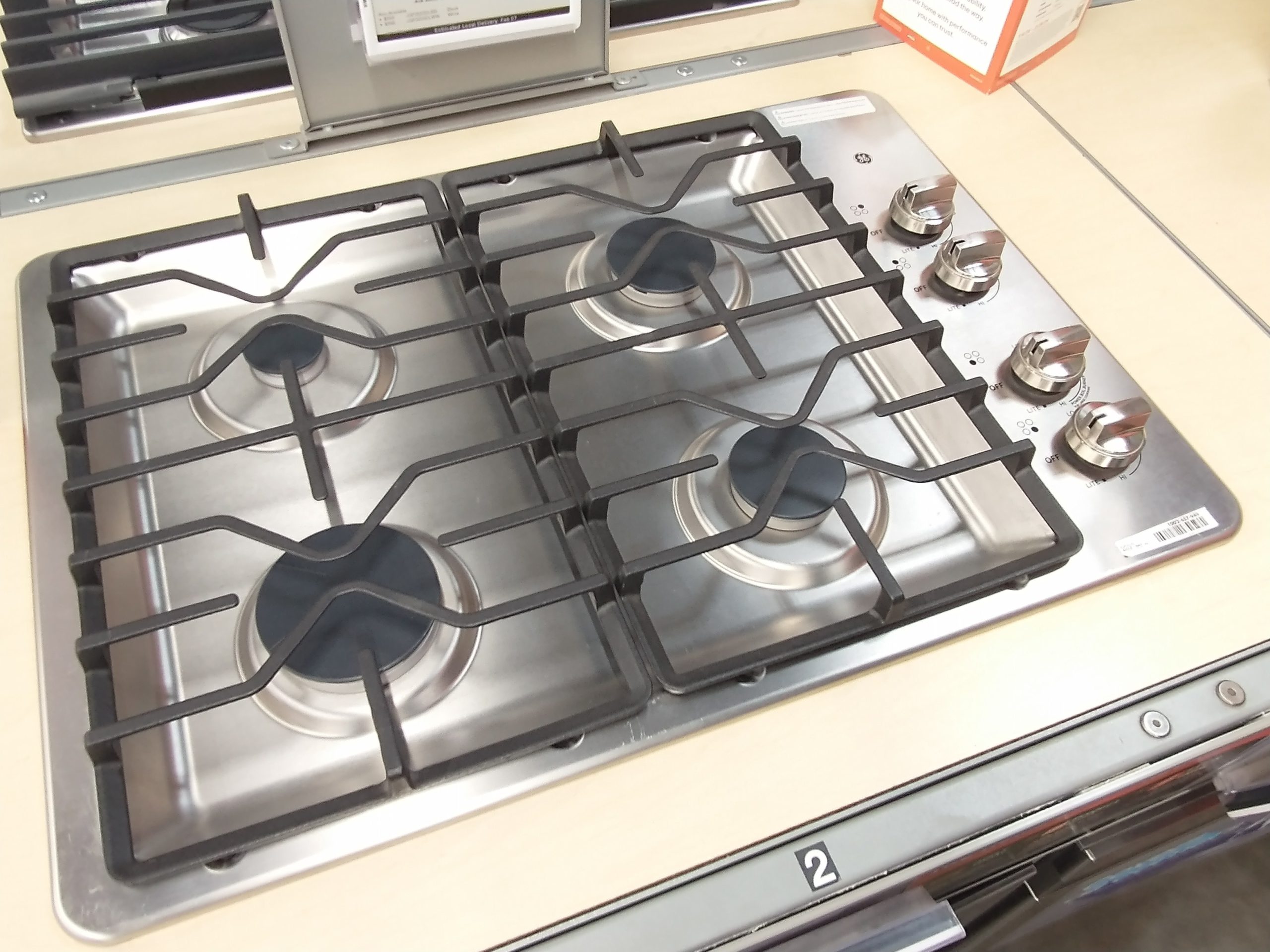That monthly electric bill spike isn’t from your teenager’s gaming marathon. Your shiny new “energy-efficient” oven might be the real culprit, burning through more electricity than your old appliance ever did.
Here’s the twisted logic: manufacturers slap “eco mode” labels on ovens that use lower wattage settings, then market them as money-savers. The catch? Lower temperatures mean dramatically longer cooking times. That 60-minute Sunday roast now needs 90 to 120 minutes to reach the same doneness.
The math manufacturers don’t advertise, revealing the reality. Typical ovens draw between 2,000 and 5,000 watts, averaging around 3,000 watts—that’s roughly $0.30 to $0.45 per hour at current U.S. electricity rates. When eco modes stretch cooking time by 30 to 50 percent, households using their oven three to five times weekly can see annual costs rise by $150 to $400.
Meanwhile, those lab tests that determine efficiency ratings use controlled conditions with minimal door opening and consistent loads—nothing like your actual kitchen chaos. Smart sensors make the problem worse by constantly cycling heating elements on and off to maintain precise temperatures, creating more energy waste than steady heating. Every time you peek at your cookies or the ambient temperature shifts, the sensors trigger another power-hungry adjustment cycle.
How to Actually Cut Your Oven Costs
Real energy savings require skipping the marketing gimmicks for proven methods.
Skip the eco-mode theater and use convection settings instead—they circulate air to cut both cooking time and energy consumption by a genuine 20 percent. Monitor your actual usage with a plug-in power meter to see which settings truly save money versus manufacturer promises.
Ditch unnecessary preheating for most dishes, avoid opening the door mid-cook (each peek drops internal temperature significantly), and never run self-cleaning cycles unless necessary—they consume as much power as cooking for an entire week.
Your wallet doesn’t care about eco-friendly branding. Check your utility bills before and after switching modes, compare actual cooking times, and trust the numbers over the marketing copy. Sometimes the most efficient appliance is the one that just does its job quickly and shuts off.





























